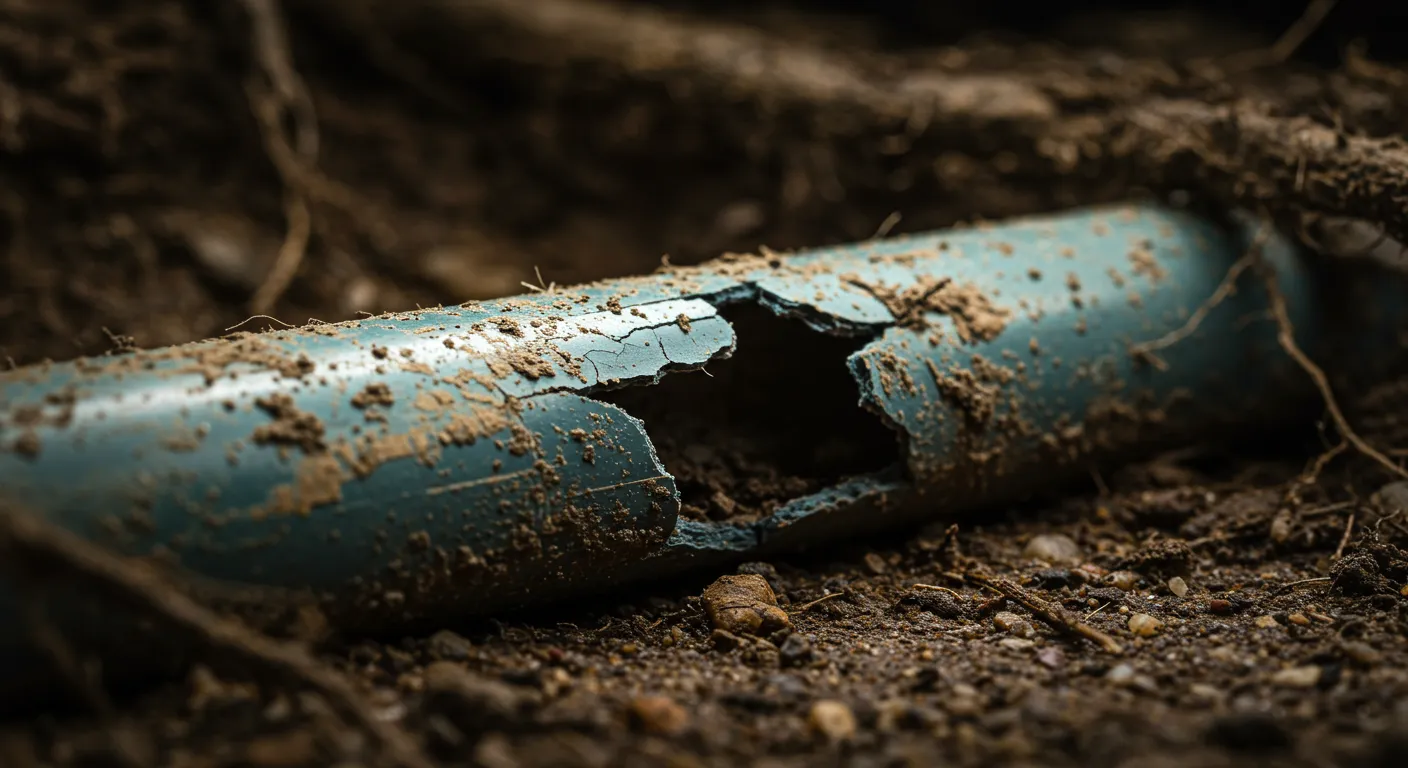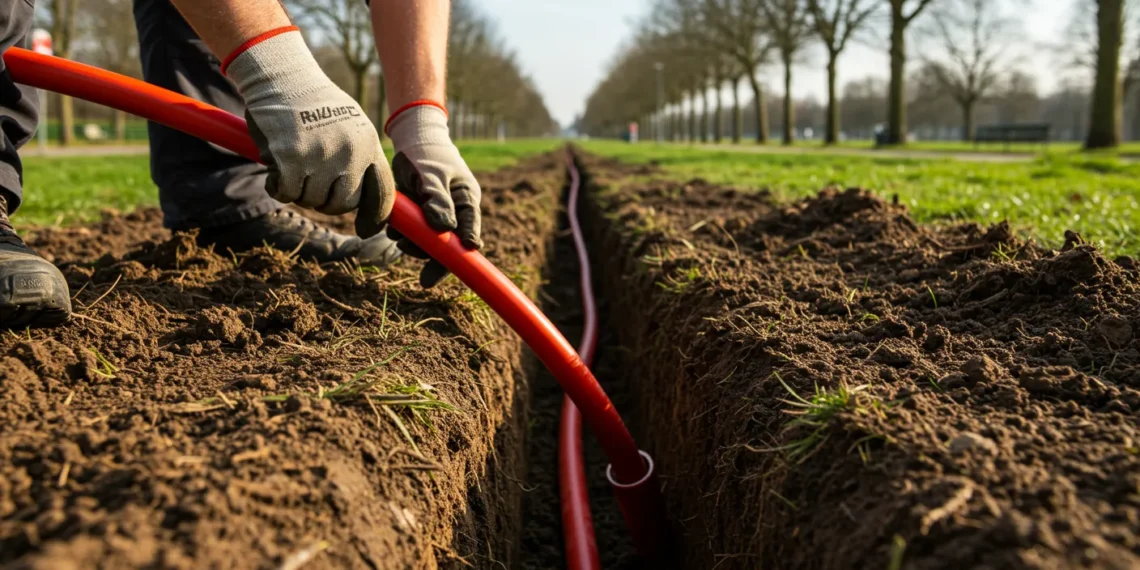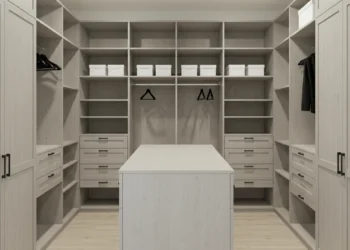Burying PEX: Guidelines, Safety, and Best Practices
Need an underground plumbing solution with proven dependability? PEX pipe is the probable best solution. It is flexible, durable, and easy to install, so it is one of the top choices for below-ground applications. It is resistant to corrosion, and it handles harsh soil conditions without any trouble; it bends around the obstacles without needing a couple of extra fittings or any leak-prone joints. It has such good thermal properties that it even helps prevent freezing, so your water flows smoothly year-round. And it is lightweight, DIY-friendly, and made for heaving.
With the help of this article, you will be able to know what PEX is, what can bury PEX, what the best practices for burying it are, and more.
How Deep Should You Bury a PEX Pipe?
If you are about to bury the PEX pipe then it’s important to take care about the depth at which it has to be buried. Here is a guide that will explain how deep a PEX pipe should be buried.
For the best performance, PEX must be insulated and buried deep enough to prevent it from winting and shifting soil and other factors of the environment. But that depth is not universal. Instead, it depends on crucial factors based on the environment, such as climate and soil conditions, as well as building codes in your area.
Standard Installation (2 Ft. Deep)
The optimal depth for the burial of insulated PEX pipe through the majority or residential or low-use situation is 2 feet (Approximately 24 inches) into the ground. This is generally sufficient for many soil types, but it is avoided for rocky types. Soft backfill material, clean soil, or sand should be applied for added protection.
Driveway or Heavy Traffic Area (4 Ft. Deep)
If PEX will be connecting under a driveway or an area where heavy traffic is common, burying it a minimum of 4 feet (Approx 48 inches) deep is advised. That extra layer of protection will include the PEX being placed inside a 5 – 6 inch PVC conduit.
However, if you still want to use a PEX pipe 2 feet deep, then you must ensure that the quality of pipe is of great quality and can be used under the driveway or in an area where heavy traffic is common.
Important Tips For Burying PEX Pipe Underground

Afterall, PEX pipe is smart and dependable for any underground application and has excellent properties of flexibility, durability, and resistance to corrosion as well as freezing. Nevertheless, these two most important principles require attention to make the installation smooth and last for ages: selecting the right type of PEX and site preparation.
Choosing the Right Type of PEX Pipe
It is very important to select the right type of PEX pipe for underground water supply. Commonly PEX -A and PEX-B are the two types of pipes that are mostly used for things in undergrounding.
PEX-A
PEX-A has flexible properties, including good freeze resistance. It works easier around bends and corners, thus reducing fittings and a number of potential leak points.
PEX-B
This type of pipe is more affordable and rigid and still highly durable. It will be the best for the use of straight runs and pressurized systems.
Each type has its properties based on which it is used. So it is advised to select the right kind of PEX based on your needs and circumstances.
Good Preparation For Underground PEX Installation
Well the wonderful pipes you are talking about will not perform to their maximum effectiveness if the groundwork has not properly been done. Therefore, it is imperative to ensure proper preparatory work of the pipe to protect against environmental harassment by rocks, soil movements, or heavy loads.
Trench Depths: As per standard installations, usually 2 feet is good enough. In high-traffic areas (like below driveways), go for 4 feet along with a protective conduit like PVC.
Backfill Materials: Do not use rocky soil or compacted soil. Instead place soft soil and sand around the pipe to avoid abrasion and risk of puncture.
Insulation: Under extreme cold conditions, consider undulating the PEX and burying it below the frost line for freeze protection.
The question of “can we bury PEX?” is sorted as the answer is “Yes”, but based on several circumstances, choosing the right type and environment may affect your pipe durability, usage, and working.
There is a great requirement for guidance while burying PEX. By installing underground PEX pipes according to the guide in this document, the installation is bound to be successful and exceed the highest standards. Always observe local building codes and consult professionals whenever possible. Enjoy the benefits of PEX when installed underground for a water supply system or any other application.
Ready to install PEX pipe underground? Begin that journey to a reliable plumbing system. Call the pros now for an inclusive approach to advice and project assistance from start to finish. Be sure to experience the strength and versatility of PEX pipe pronto.
What is the Lifespan of PEX?
Well, the lifespan of a PEX pipe can be dependent on the material quality and environmental factors like climate and heat changes. But when it is buried based on its pressure and temperature ratings PEX pipe has about 50 years of lifespan.

Generally, PEX pipes are more resistant to bursting in freezing conditions than metal piping due to the flexibility of PEX pipe used to expand rather than split, minimizing costly repairs.
Conclusion
No doubt, PEX has become an intelligent as well as dependable option for underground plumbing with its qualities of flexibility, durability, resistance to corrosion, and freezing. Like any other system, this performs well when properly installed from the right types of PEX to burial depth and insulation.
Every detail is important to getting it done right. It takes a little preparation and some helpful advice from an expert, and you can have a hassle-free, durable underground installation. Whether you are a DIY installer or have someone do it, follow the best practices and trust in PEX.
Frequently Asked Questions
Why is PEX plumbing bad?
In some circumstances, the PEX pipe can be problematic based on several factors which include the potential for chemical leaching, sensitivity to UV radiation, and the susceptibility of specific types of bacterial growth. The material of PEX is not easily recyclable as some materials are like copper, and rodents can also manage it.
What temperature will PEX freeze and burst?
PEX pipes can actually freeze at 20°F (-7°C) if uninsulated, and while these pipes offer some flexibility over traditional ones and can allow for some expansion, repeated freezing will still crack and leak. Insulation and freezing below the frost line are needed to avoid damage in cold weather.
Can PEX be buried in Concrete?
Yes, PEX pipes can be buried in concrete, specifically in applications like radiant floor heating. However, certain precautions must be observed like the adoption of nonmetal sleeves in places where such pipes pass through concrete, and compatibility with the chemistry of concrete development.








